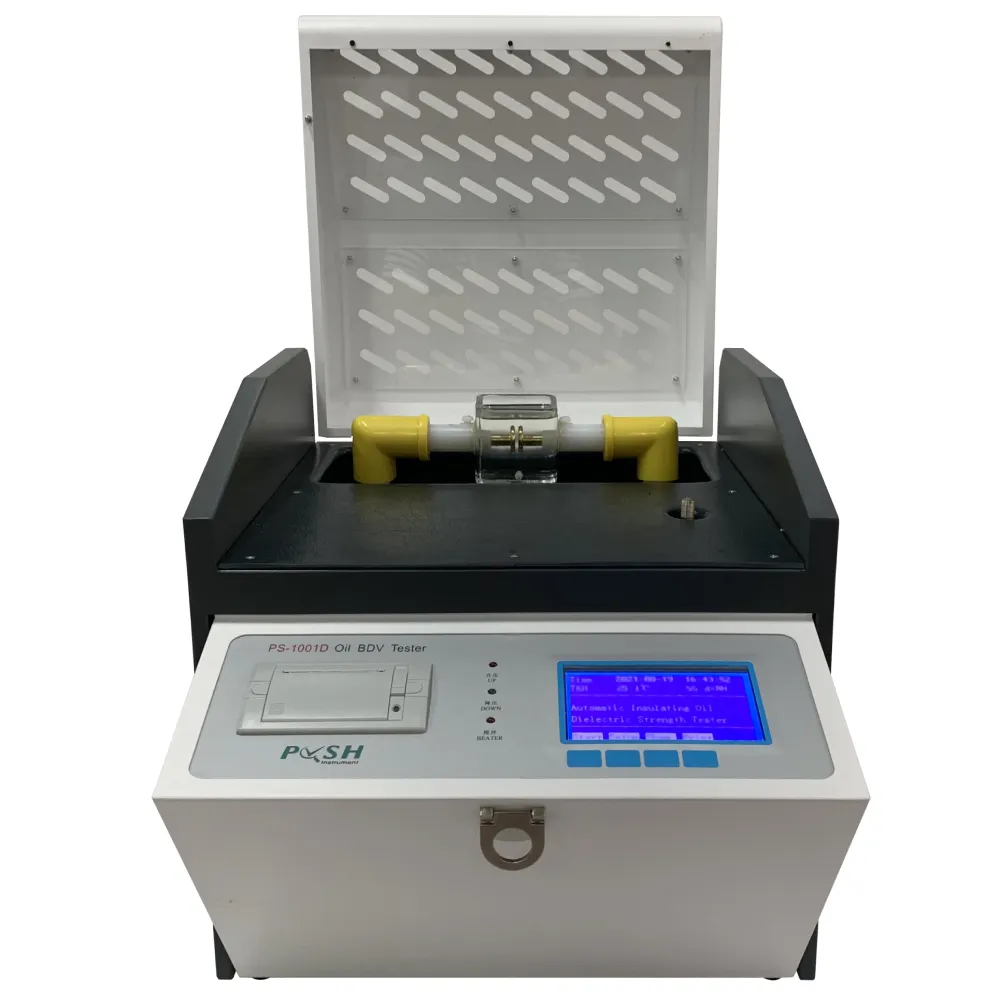 English
English



-
 Afrikaans
Afrikaans -
 Albanian
Albanian -
 Amharic
Amharic -
 Arabic
Arabic -
 Armenian
Armenian -
 Azerbaijani
Azerbaijani -
 Basque
Basque -
 Belarusian
Belarusian -
 Bengali
Bengali -
 Bosnian
Bosnian -
 Bulgarian
Bulgarian -
 Catalan
Catalan -
 Cebuano
Cebuano -
 China
China -
 China (Taiwan)
China (Taiwan) -
 Corsican
Corsican -
 Croatian
Croatian -
 Czech
Czech -
 Danish
Danish -
 Dutch
Dutch -
 English
English -
 Esperanto
Esperanto -
 Estonian
Estonian -
 Finnish
Finnish -
 French
French -
 Frisian
Frisian -
 Galician
Galician -
 Georgian
Georgian -
 German
German -
 Greek
Greek -
 Gujarati
Gujarati -
 Haitian Creole
Haitian Creole -
 hausa
hausa -
 hawaiian
hawaiian -
 Hebrew
Hebrew -
 Hindi
Hindi -
 Miao
Miao -
 Hungarian
Hungarian -
 Icelandic
Icelandic -
 igbo
igbo -
 Indonesian
Indonesian -
 irish
irish -
 Italian
Italian -
 Japanese
Japanese -
 Javanese
Javanese -
 Kannada
Kannada -
 kazakh
kazakh -
 Khmer
Khmer -
 Rwandese
Rwandese -
 Korean
Korean -
 Kurdish
Kurdish -
 Kyrgyz
Kyrgyz -
 Lao
Lao -
 Latin
Latin -
 Latvian
Latvian -
 Lithuanian
Lithuanian -
 Luxembourgish
Luxembourgish -
 Macedonian
Macedonian -
 Malgashi
Malgashi -
 Malay
Malay -
 Malayalam
Malayalam -
 Maltese
Maltese -
 Maori
Maori -
 Marathi
Marathi -
 Mongolian
Mongolian -
 Myanmar
Myanmar -
 Nepali
Nepali -
 Norwegian
Norwegian -
 Norwegian
Norwegian -
 Occitan
Occitan -
 Pashto
Pashto -
 Persian
Persian -
 Polish
Polish -
 Portuguese
Portuguese -
 Punjabi
Punjabi -
 Romanian
Romanian -
 Russian
Russian -
 Samoan
Samoan -
 Scottish Gaelic
Scottish Gaelic -
 Serbian
Serbian -
 Sesotho
Sesotho -
 Shona
Shona -
 Sindhi
Sindhi -
 Sinhala
Sinhala -
 Slovak
Slovak -
 Slovenian
Slovenian -
 Somali
Somali -
 Spanish
Spanish -
 Sundanese
Sundanese -
 Swahili
Swahili -
 Swedish
Swedish -
 Tagalog
Tagalog -
 Tajik
Tajik -
 Tamil
Tamil -
 Tatar
Tatar -
 Telugu
Telugu -
 Thai
Thai -
 Turkish
Turkish -
 Turkmen
Turkmen -
 Ukrainian
Ukrainian -
 Urdu
Urdu -
 Uighur
Uighur -
 Uzbek
Uzbek -
 Vietnamese
Vietnamese -
 Welsh
Welsh -
 Bantu
Bantu -
 Yiddish
Yiddish -
 Yoruba
Yoruba -
 Zulu
Zulu
Electrical Transformer Evaluation and Upkeep Procedures for Optimal Performance
Electrical Transformer Testing and Maintenance Ensuring Reliability and Efficiency
Transformers play a pivotal role in the power distribution and transmission system. They are essential for stepping up and stepping down voltages in electric power systems, ensuring that electricity reaches homes and industries safely and efficiently. To maintain their reliability and efficiency, regular testing and maintenance of electrical transformers are indispensable.
Importance of Transformer Testing
Transformer testing is crucial for assessing the health and operational integrity of the equipment. Regular testing helps identify potential issues, ensuring optimized performance and extending the lifespan of the transformer. Various tests can be conducted, including insulation resistance testing, power factor testing, transformer turns ratio testing, and thermal imaging.
1. Insulation Resistance Testing This test measures the resistance of the insulation materials within the transformer. High insulation resistance indicates that the insulation is in good condition, while low resistance suggests possible deterioration. This test is vital for preventing electrical accidents and reducing the risk of failure.
2. Power Factor Testing This test evaluates the efficiency of the insulation system. A declining power factor may indicate moisture intrusion or degradation of the insulation material. Monitoring the power factor helps in predicting the remaining useful life of the transformer.
3. Transformer Turns Ratio Testing This test assesses the transformation ratio and checks for winding integrity. A deviation from the expected turns ratio may indicate internal faults, potentially leading to operational failures.
4. Thermal Imaging This non-invasive technique uses infrared cameras to detect hot spots and overheating in transformer components. Identifying hot spots early can prevent catastrophic failures and improve the reliability of the transformer.
electrical transformer testing and maintenance pdf

Importance of Transformer Maintenance
Regular maintenance is fundamental to ensure that transformers operate efficiently and safely. Maintenance involves routine inspections, cleaning, fluid analysis, and repairs when necessary.
1. Routine Inspections Periodic inspections can identify leaks, corrosion, or other physical damages. Monitoring bushings, connectors, and cooling systems is essential to prevent future failures.
2. Cleaning Dust and debris can accumulate on transformers, affecting heat dissipation and overall efficiency. Regular cleaning helps maintain optimal operating conditions and prolongs the life of the insulation materials.
3. Fluid Analysis The oil used in transformers serves as both an insulator and a coolant. Regular testing of the insulating oil can detect contaminants, moisture, or the presence of dissolved gases, which may indicate internal arcing or overheating. Analyzing oil samples provides information about the condition of the transformer and helps plan necessary interventions.
4. Repairs and Upgrades If inspections or testing reveal faults, prompt repairs are crucial to prevent further damage. Upgrading components, such as bushings or cooling systems, may also be required to enhance the transformer's reliability and efficiency.
Conclusion
The intricate nature of electrical transformers requires extensive testing and maintenance to ensure high performance and reliability. By conducting regular inspections and tests, utility operators and facility managers can detect potential issues early, minimize downtime, and reduce operational costs. Properly maintained transformers not only provide reliable electricity supply but also contribute to the stability of the entire electrical grid. Investing in transformer testing and maintenance practices is essential for maximizing equipment lifespan, ensuring safety, and maintaining the integrity of the power distribution system. With the ongoing advancements in technology and testing methodologies, the electrical industry continues to improve its capabilities in transformer management, ultimately leading to a more efficient and reliable power supply infrastructure.
-
Testing Equipment Industry Sees Major Advancements in 2025: Smart & Precision Technologies Lead the WayNewsJun.06,2025
-
Applications of Direct Current Generators in Renewable Energy SystemsNewsJun.05,2025
-
Hipot Tester Calibration and Accuracy GuidelinesNewsJun.05,2025
-
Digital Circuit Breaker Analyzer Features and BenefitsNewsJun.05,2025
-
Benefits of Real-Time Power Quality Monitoring Devices for Industrial EfficiencyNewsJun.05,2025
-
Earth Fault Loop Testing in High-Rise Building Electrical SystemsNewsJun.05,2025



